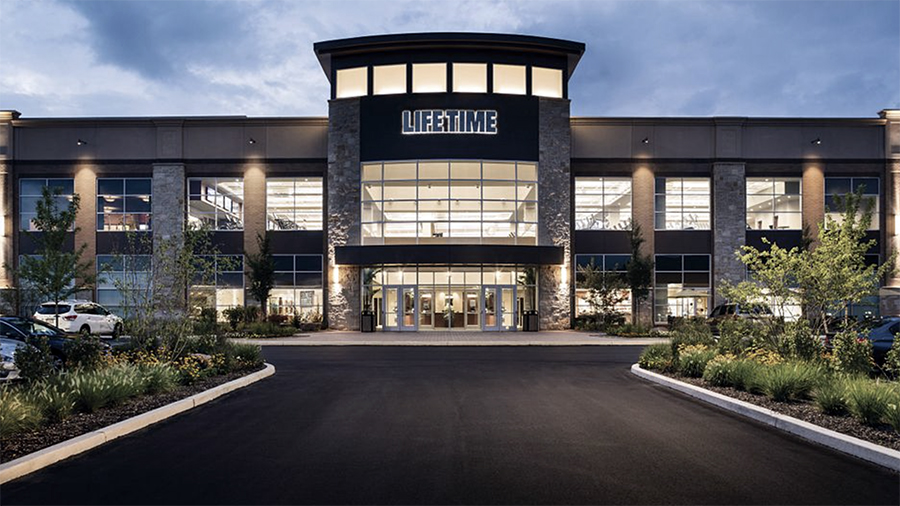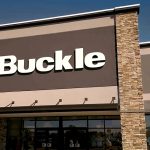Moody’s Ratings upgraded Life Time, Inc.’s debt ratings due to the fitness chain’s continued improvement in free cash flow generation, operating performance, and steady deleveraging.
The rating agency said, “Club expansion, including the addition of more than 20 new centers over the past two years and strong low double-digit same-store-center revenue growth, has been driving earnings growth, leading to a steady reduction in leverage. Additionally, the company has been able to improve profits through more value-added offerings, operating efficiencies and pricing actions, leading to margin expansion and higher profitability. In-center revenue, which grew at a high double-digit rate, benefited from strong demand for personal training and expanded offerings such as pickleball and kids programming. Member engagement has also improved, with a 5.9 percent year-over-year increase to 143 average annual visits (12 per month), with many clubs operating near optimal capacity. Higher visit frequency and increased in-center spending reflect strong customer satisfaction and have contributed to elevated retention rates.”
Life Time’s corporate family rating (CFR) was upgraded to B1 from B2, and its probability of default rating (PDR) was lifted to B1-PD from B2-PD. Moody’s also upgraded the rating on the company’s senior secured revolving credit facility due 2029, senior secured first lien term loan due 2031, and senior secured notes due 2031 to B1 from B2. The rating outlook changed to stable from positive.
Moody’s said, “We expect debt-to-EBITDA leverage, on a Moody’s adjusted basis, to remain moderate around 4.2x in 2025, reflecting spending on new facilities, earnings growth and incremental operating leases to support facility expansion. We expect Life Time will continue to focus on expansion, with plans to open 10 to 14 new locations annually and expand luxury amenities and service offerings across its existing venues. New locations typically require $65 to $75 million and combined with upgrades to existing facilities and continued investment in digital offerings, result in high recurring investments. The expansion requires significant capital expenditures, which may result in negative free cash flow in certain periods. However, the company’s use of sale-leaseback (SLB) transactions provides it with additional sources of capital to support ongoing investment. New location openings also carry execution risk, including high startup costs, competitive pressures, and membership recruitment challenges, which could increase costs or impact profitability.
“Life Time maintains good liquidity, supported by $59 million of cash as of March 31, 2025, and $619 million availability under its $650 million revolving credit facility after taking into account $31 million of outstanding letters of credit. We expect the company to have negative free cash flow of $170 to $190 million in 2025, reflecting substantial capital investments. Access to approximately $250 million from SLBs is expected to provide additional liquidity to support the company’s growth strategy.”
Image courtesy Life Time














